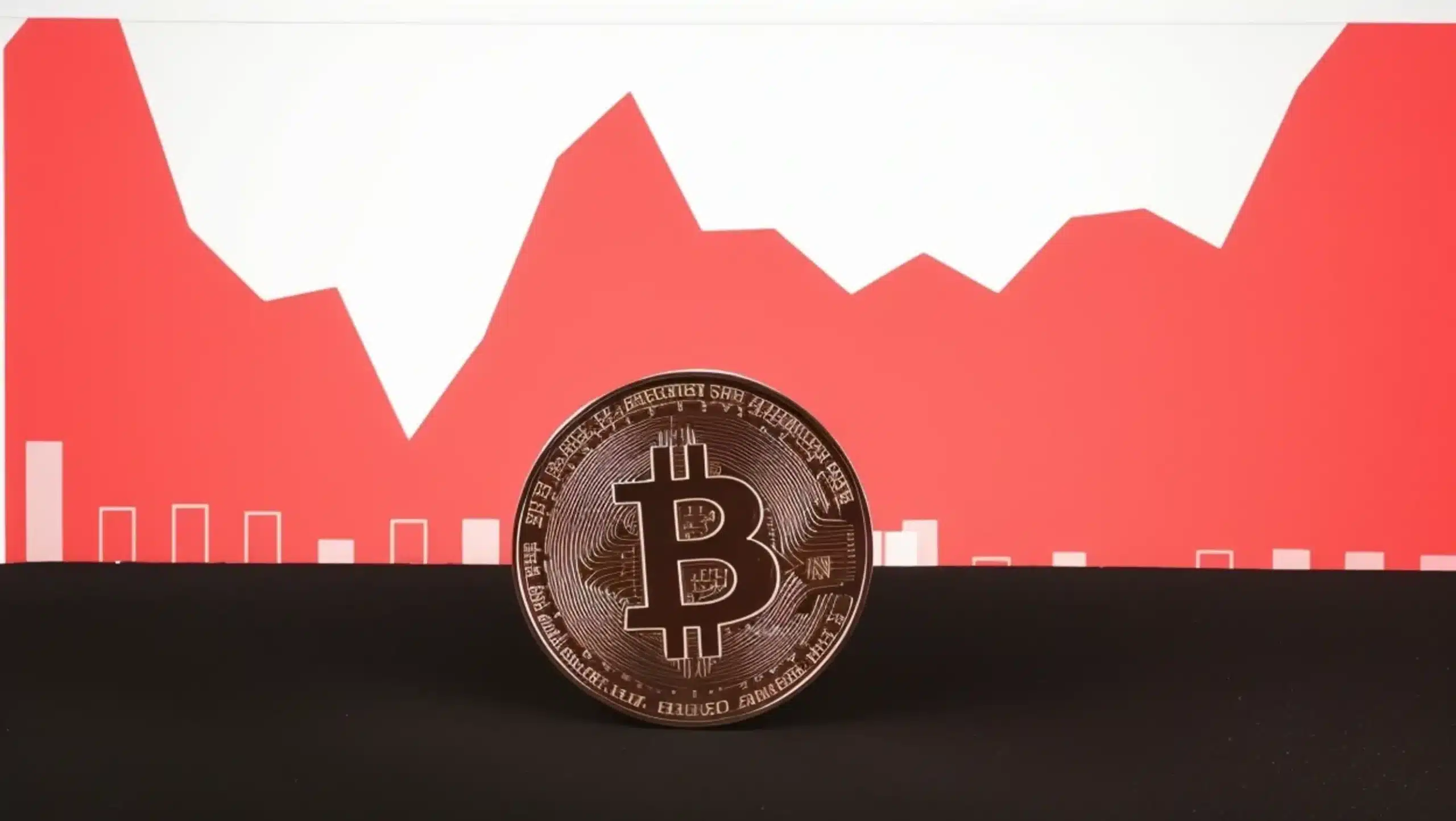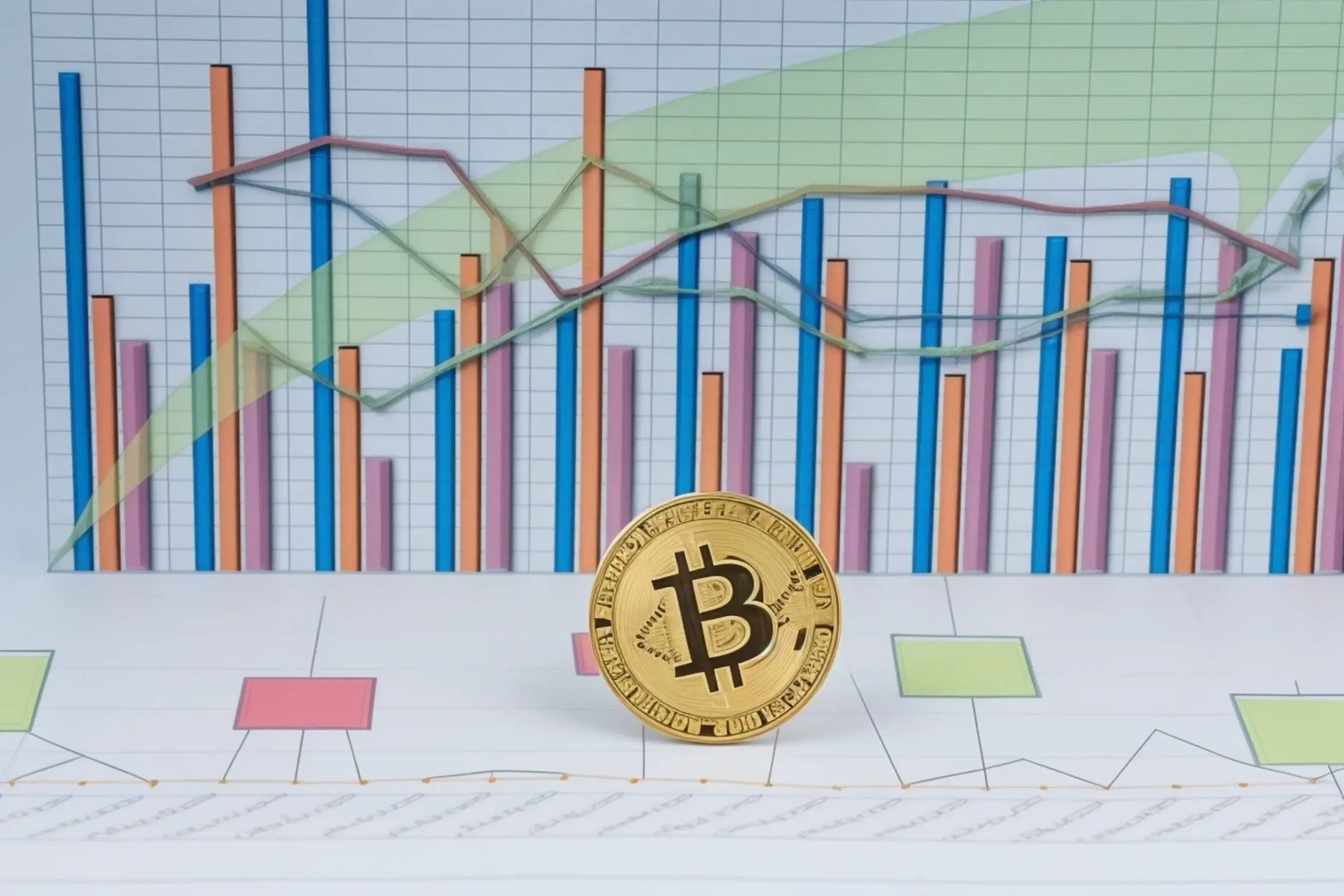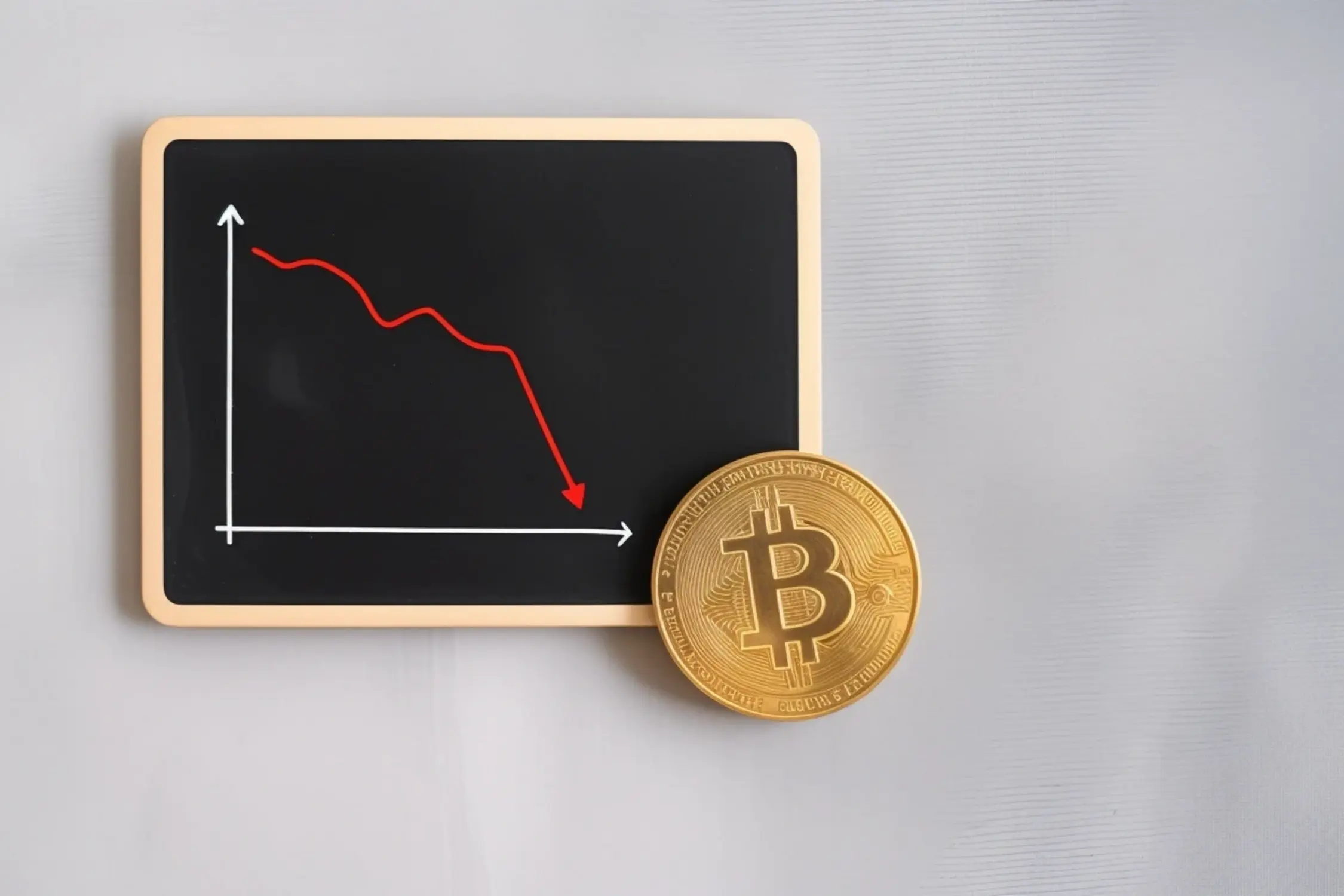The Hidden Truth About How Interest Rates Affect Bitcoin’s Value
The ongoing fluctuations in Fed rate expectations are crucial to understanding Bitcoin’s value dynamics. As we navigate a complex crypto market, shifts in interest rates can lead to significant changes in Bitcoin pricing, revealing deeper correlations between monetary policy and digital asset valuations.
The Impact of Fed Rate Expectations Bitcoin on Market Activity
Recent actions by the Federal Reserve play a pivotal role in how Bitcoin and other cryptocurrencies respond in the market. For instance, as expectations for a rate cut by the Fed faded, Bitcoin experienced a notable price drop. On one occasion, it fell over 4.4%, trading at approximately $88,640—a significant decrease from values above $90,000, and contributing to a larger decline in the global cryptocurrency market value of 5.4% within 24 hours (AA).
Historically, interest rate expectations have often influenced cryptocurrency values significantly. When rates are expected to rise, investors may fear potential downturns in non-yielding assets like Bitcoin, leading to sell-offs. Conversely, when a rate cut seems likely, it can generate optimism in the market, pushing prices up. Psychological responses to interest rate changes are profound. Investors often adjust their portfolios, opting for safer assets during uncertain economic signals.
Bitcoin Price Drop Analysis Amidst Rate Speculations
Analyzing Bitcoin’s price behaviors in correlation to Fed announcements reveals a pattern that investors must acknowledge. During periods of heightened rate speculation, Bitcoin’s volatility increases, reflecting investor uncertainty. The timing of Bitcoin’s recent price fluctuations directly related to Fed communications demonstrates this relationship clearly. After significant announcements regarding interest rates, Bitcoin’s price movements responded almost immediately, as evident in its swift drop below critical thresholds.
Key statistics underscore this correlation further. For example, data from CoinMarketCap indicated that Bitcoin’s market capitalization fell by 5.1% alongside the price drop (AA). These shifts underscore the crypto market’s sensitivity to external monetary policy decisions. Investors often react not just to the announced rates but to the overall sentiment regarding future monetary policy—creating a feedback loop that can exacerbate price changes.
Crypto Market Analysis: Current Trends and Future Outlook
As interest rates have moved, they’ve played a notable role in shaping the current trends within the cryptocurrency market, particularly concerning Bitcoin and Ethereum. In light of macroeconomic indicators reflecting a potential economic slowdown, the crypto market has seen increased volatility. Investors are currently navigating a landscape where Federal Reserve minutes and economic data, like the pending Nvidia earnings report, may contribute to market direction (Coindesk).
Furthermore, current trends show that Bitcoin’s stability is often mirrored by major altcoins, yet it holds unique behaviors during rate changes. As interest rates fluctuate, investor behavior often leans towards either consolidating positions or diversifying into stablecoins, reflecting risk management strategies in high volatility environments.

Understanding the Relationship Between Interest Rates and Bitcoin Value
The relationship between interest rates and Bitcoin’s value is complex and multi-faceted. At its core, Bitcoin is often viewed as a hedge against inflation. However, when interest rates rise, traditional investments become more attractive, impacting Bitcoin’s demand as a speculative asset. As central banks adjust their policies, macroeconomic factors, such as inflation rates and job growth, also influence how investors perceive value in the crypto space.
This principle of shifting investor sentiment can be compared to how commodities respond to supply chain fluctuations. Just as a sudden patch of bad weather can affect grain prices, unexpected changes in economical signals, such as interest rates or employment statistics, can trigger significant movements in Bitcoin and the broader crypto market.
The Broader Economic Context: How Interest Rates Shape Investments
Changing interest rates do not only affect cryptocurrency values; they also significantly shape investor diversification strategies. With rising rates, risk appetite typically diminishes, leading many to pivot towards more stable investments. This shift often impacts not just Bitcoin, but the entire spectrum of digital assets as investors reassess their portfolios based on current and projected economic conditions.
Macroeconomic indicators are critical as they shape investment decisions. For instance, the upcoming jobs report, which is projected to reveal modest growth in the U.S. labor market, will likely impact sentiment across both stock and cryptocurrency markets. Investors are keenly aware of how rates influence overall economic health, which encourages them to stay informed and adjust their strategies accordingly.
Essential Actions for Crypto Investors in a Rate-Driven Market
For crypto investors navigating a rate-driven market, several essential actions can help mitigate risks associated with fluctuating interest rates. First, maintaining a diversified portfolio is crucial, ensuring exposure to various assets can buffer against volatility. Secondly, keeping abreast of monetary policy developments, like tracking rate expectations and understanding their implications can assist in making informed investment decisions.
Timing investments thoughtfully becomes critical in uncertain environments; knowing when to acquire or liquidate positions can significantly alter investment outcomes. By leveraging available resources and maintaining a proactive stance in a constantly evolving market, investors can better position themselves to navigate these complexities effectively.




















